Is Birch a Hardwood? Characteristics, Types & FAQ
-
Pete Ortiz
- Last updated:
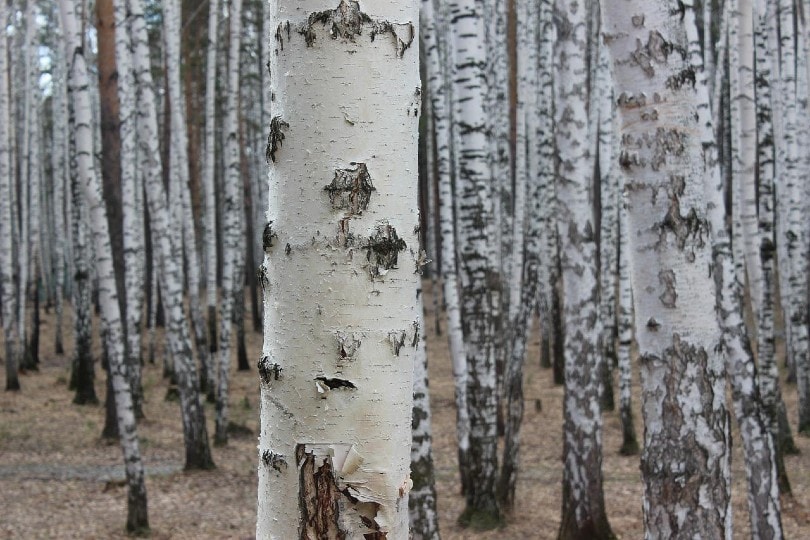
Hardwood flooring is one of the most popular choices for homeowners. It’s classic, beautiful, and durable. But what exactly is hardwood? And is birch a hardwood that is ideal for flooring?
Hardwoods are trees that have thick, hard wood. This means that the wood is dense and strong, making it ideal for flooring. Birch is a type of hardwood, and it’s a popular choice for flooring because of its strength and durability. Birch is also a very light-colored wood, which can brighten up a room. However, it’s important to note that it is a softer hardwood, so it may not be the best choice for high-traffic areas.
This article will discuss whether birch is hard enough for flooring, the different varieties of the birch family, and the characteristics of Birchwood that makes it ideal for flooring.
Classification of the Birch Tree
As mentioned, Birchwood is considered a hardwood because it is strong, hard, and heavy. It is one of the most commonly utilized tree species for wood flooring. This tree, which is Native to North America, can be subdivided into subspecies, which we will discuss later in the article.
The varieties of birch also exhibit a variety of hardness, ranging from 910–1,490 on the Janka hardness scale. This simply means they are moderately hard and great for hardwood flooring. In fact, you need about 1,260 pounds of pressure to mar yellow birch according to the American Hardwood Information Center.
There are several subspecies of birchwood namely yellow birch, paper birch, sweet birch, and the flamed or curly birch.
The 4 Types of Birch Trees
1. Yellow Birch
This subspecies of the birch tree offers two distinct color variations. The lighter colored sapwood (light brown) and the heartwood with a slightly darker shade (dark brown with a hint of red). The yellow birch is the most utilized subspecies for flooring, with the red birch variant (made from heartwood birch) being the most popular.
In addition, the sapwood and heartwood variants can be blended to produce creative contrasts that make the yellow birch wood suitable for most interior design applications.
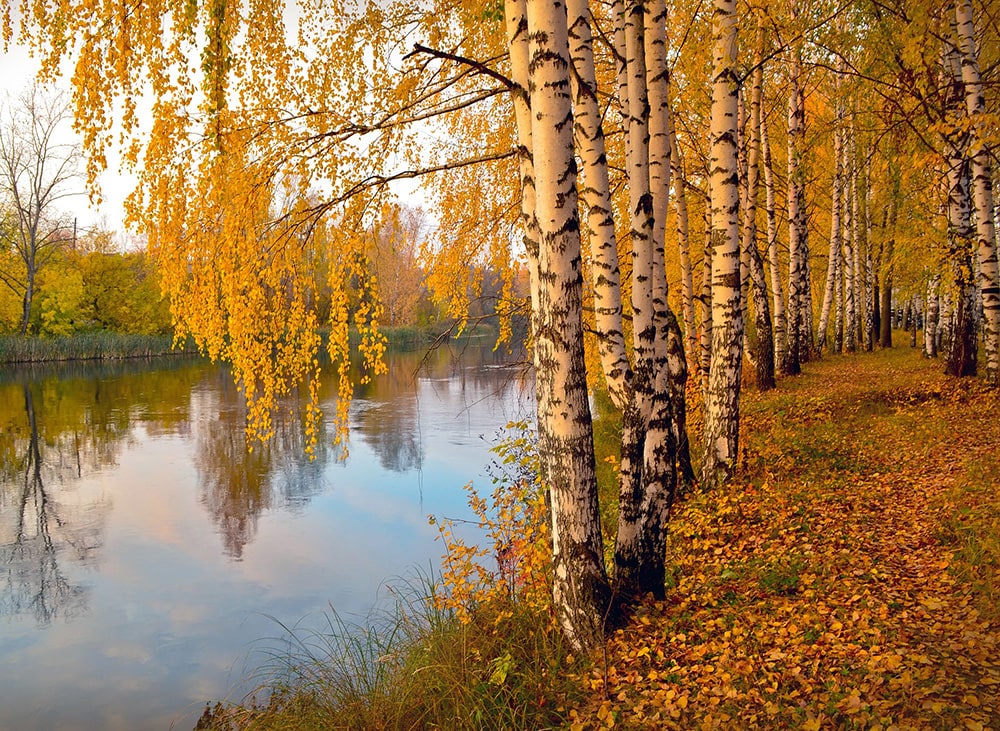
2. Sweet Birch
With a Janka rating of 1470, this subspecies of the birch tree is harder than the yellow birch variant. In this species, the sapwood comes with a light brown shade while the heartwood variant comes with a dark brown color. Sweet birch wood, also known as the black or cherry birch, is also harder than the white and red oak tree (the most commonly used wood variety for making hardwood floors).
3. Paper Birch
The paper birch variant of the birch tree species features a Janka rating of 910. Also known as the silver or canoe birch, this variant is significantly softer than the yellow or sweet birch species. Though it can be used for flooring, it will not do well in high-traffic areas.
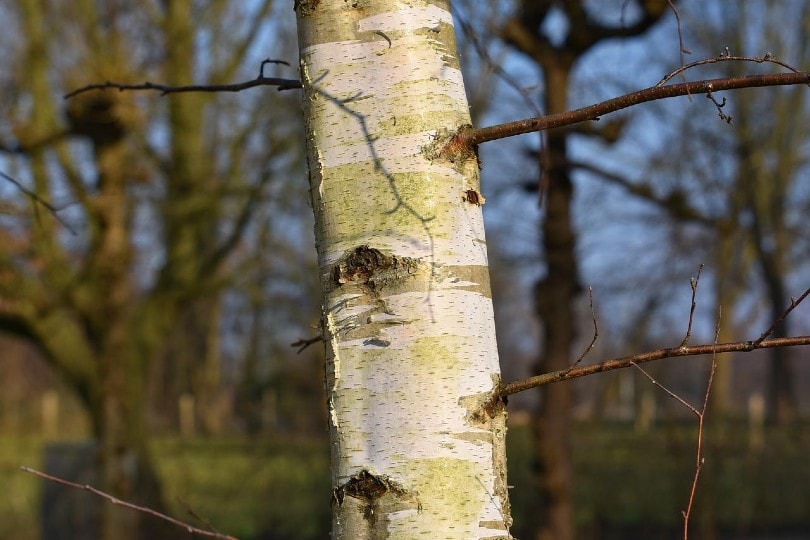
4. Flamed or Curly Birch
The flamed or curly birch shares similar ratings on the Janka scale as the yellow birch (1260). In this subspecies of birch wood, you can expect to see a wavy-like appearance that closely resembles flames. This curling texture is unique to wood grains of the flamed birch tree species.
The pattern is beautiful and can give your floors a unique texture. It is unfortunately hard to replicate because it occurs naturally for reasons that botanists have yet to explain. Some experts, however, suggest that these grains assume such patterns because of being subjected to extreme weather conditions like drought and snow.
Is Birch Wood Hard Enough for a Flooring Material?
We have already determined that birch is a hardwood variety, but is it hard enough for flooring? For different tree varieties to be considered for hardwood flooring, they have to be strong and sturdy enough to withstand the test of time. However, the different hardwood options available for flooring can be overwhelming.
The best way to determine the hardness of a specific wood species is testing via a Janka hardness test. The higher the rating is, the harder the wood is. This scale also measures resistance to impact. So, woods with higher values are less likely to dent but can experience scuff after years of exposure to weathering elements.
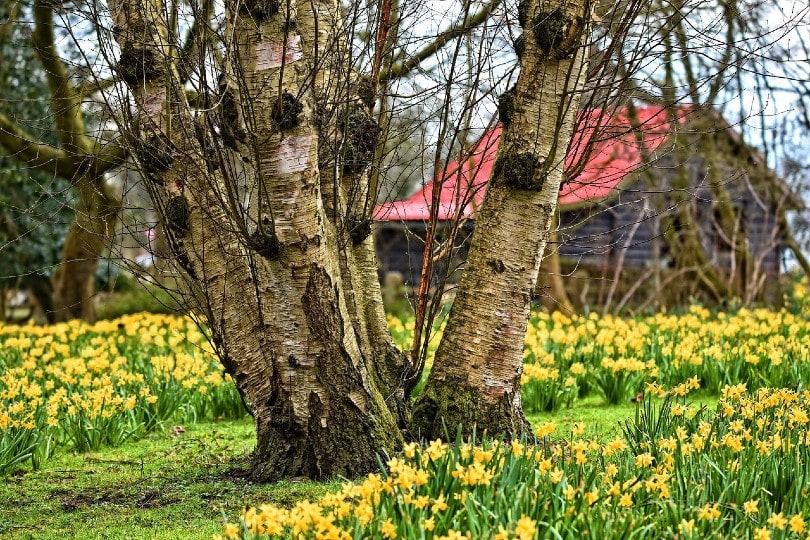
Hardness Rating for Birch
Most wood species used in hardwood flooring should generally rank between 800–3,000. So, a birch tree whose hardness is at a Janka score of 1,290 easily qualifies as a sturdy enough material for hardwood flooring. In addition, different birch species have different Janka score ratings.
These ratings indicate that birch wood is great for hardwood floors, especially in areas that receive moderate foot traffic. Also, birch wood features high bending and comprehensive strength, making it an ideal wood for making furniture, cabinets, and high-grade plywood. The strength of the birch wood species also increases the crushing strength, making the material highly resistant to shock.
Downsides of the Janka Hardness Test
Unfortunately, there is a caveat to using the Janka scale for determining which wood species is the best for flooring. First, this scale does not consider additional metrics such as water resistance and humidity.
Second, there are different versions of the Janka scale which display varying results for similar hardwood species. Regardless of these two cons, the Janka scale is still the most reliable method of measuring the durability of the different wood species.
The 5 Characteristics of Birch Wood That Make It Ideal for Flooring
Birchwood trees offer some notable characteristics that give them an advantage over other hardwood flooring options. These include:
1. Durability
With a Janka rating between 960–1,470, all the different subspecies of the birch tree are suitable options for flooring. This can be attributed to the fact that they are highly durable even though they do not have a very high Janka rating, which would make them difficult to work with.
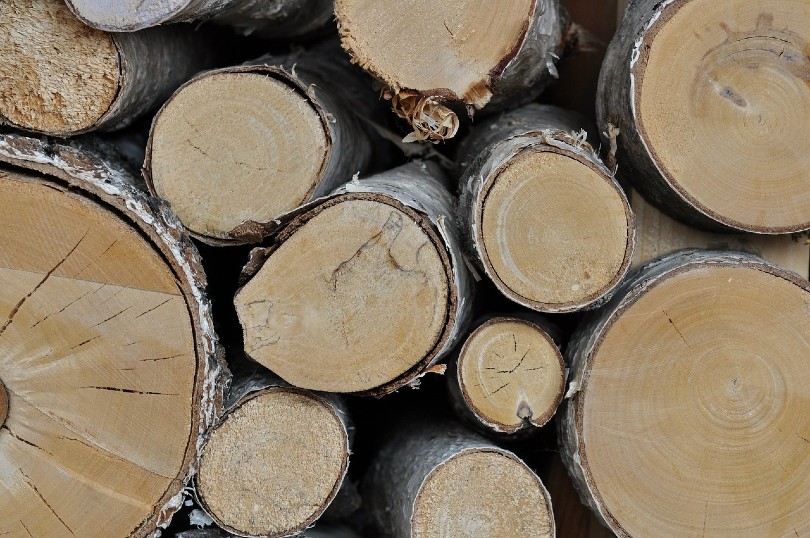
2. Aesthetic Purposes
Birchwood is the best option to consider if you want to build a home that is not only durable but has a beautiful finish. The wood features tightly packed grains that can assume different patterns and shapes to give your floors a unique finish.
Floorboards made from birch wood tend to exhibit the different colors of the heartwood and sapwood variants. When combined, they can also create unique and bold contrasts in the overall flooring, a desirable aspect among modern homeowners.
3. Workability
You can either choose hand or machine-operated tools to install hardwood floors. Hand-operated tools may produce intricate floor designs, but they are harder to work with when it comes to flooring.
Sure, you could use hand tools to sand the birch wood surface, but if not automated, you could end up overdoing it, creating an uneven surface. So, with birch wood, you can use both manual and automated methods. You only need to input the required parameters and let the machine do the rest.
4. Maintenance
Fortunately, birch does not require specific maintenance practices to prolong its durability. All maintenance services that are applicable for hardwood flooring apply to birch floors as well. You only need to limit the chances of the wood getting scuffed or scratched by using floor mats and area rugs.
Also, regular sweeping and vacuuming of the floors will maintain the beautiful sheen of birch. Specific cleaning and maintenance practices depend on your birch wood species. If unsure, consider consulting your contractor.
5. Eco-Friendly Option
It may be hard to consider the birch wood tree variety an eco-friendly option. They can easily encroach on an area, possibly affecting the ecosystem of the plants growing around them. However, compared to other hardwood varieties for flooring, the different variants of birch wood can be considered an eco-friendlier species.
This is because they can rapidly grow and thrive even in areas that have been victims of major calamities, such as bush fires. Not only that, the rapid growth of this tree species makes it a suitable species for also preventing soil erosion.
Unfortunately, their rapid growth process may prove problematic because they can easily overwhelm the surrounding plant species that have a slower growth rate. The seedlings from the birch tree species have to be thinned periodically to reduce the chances of choking out surrounding plant species.
Conclusion
Now that we know that birch is a hardwood, we can confidently say that it is good for flooring. It is not as hard as other hardwoods, but it is still durable and has a beautiful finish. The wood is available in different subspecies. The sapwood and heartwood variants can make beautiful patterns, whose colors and depth richness can create aesthetically pleasing floorboard finishings.
Featured Image Credit: AndrewStrong, Pixabay
Contents



